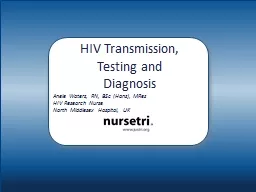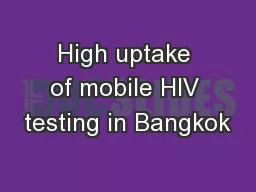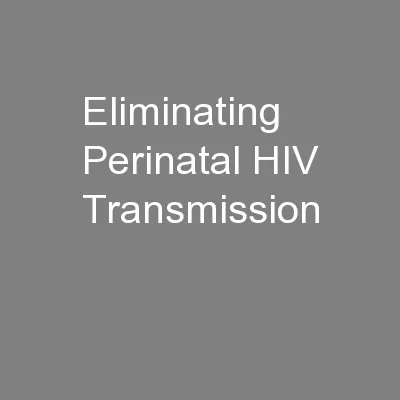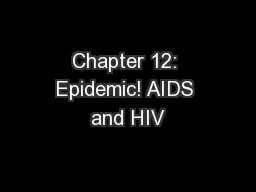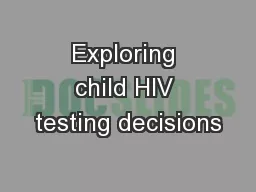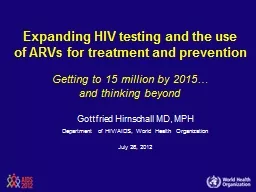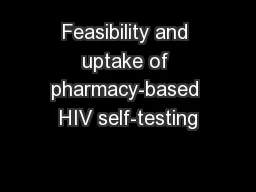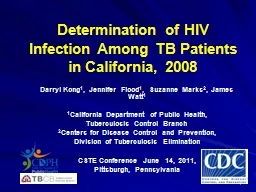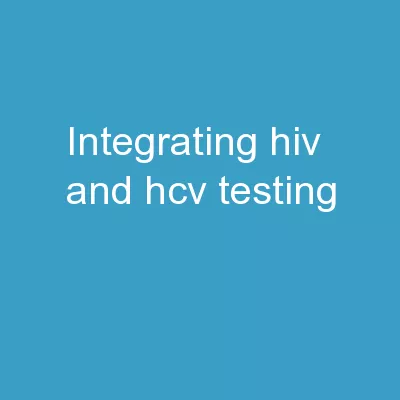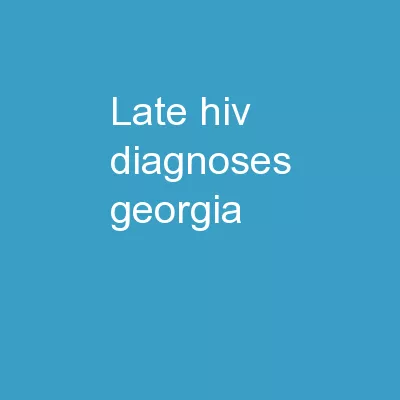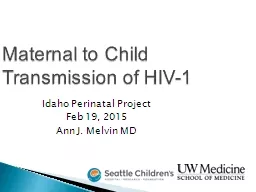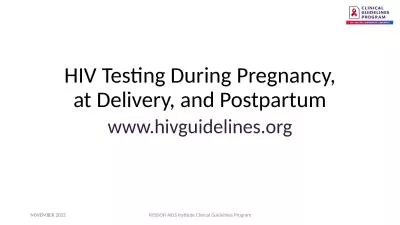PPT-HIV Transmission, Testing and Diagnosis
Author : briana-ranney | Published Date : 2016-07-16
Anele Waters RN BSc Hons MRes HIV Research Nurse North Middlesex Hospital UK HIV Transmission HIV is NOT transmitted via saliva tears sweat faeces or urine
Presentation Embed Code
Download Presentation
Download Presentation The PPT/PDF document "HIV Transmission, Testing and Diagnosis" is the property of its rightful owner. Permission is granted to download and print the materials on this website for personal, non-commercial use only, and to display it on your personal computer provided you do not modify the materials and that you retain all copyright notices contained in the materials. By downloading content from our website, you accept the terms of this agreement.
HIV Transmission, Testing and Diagnosis: Transcript
Download Rules Of Document
"HIV Transmission, Testing and Diagnosis"The content belongs to its owner. You may download and print it for personal use, without modification, and keep all copyright notices. By downloading, you agree to these terms.
Related Documents

